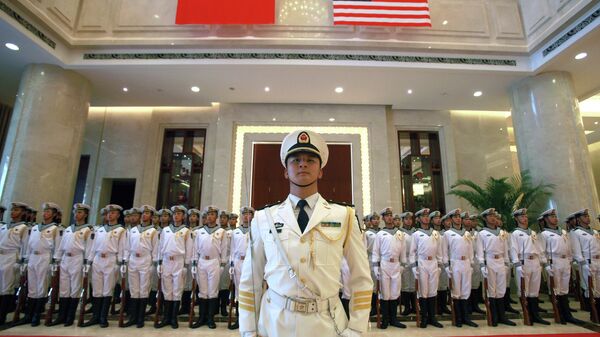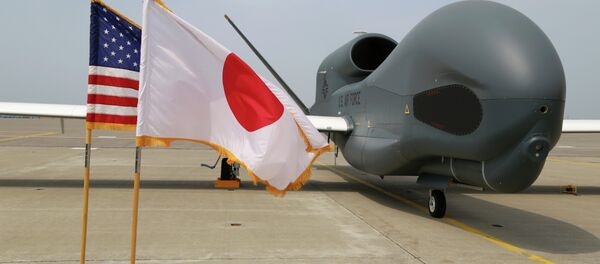Although Beijing has not set yet a formal air defense identification zone (ADIZ) over the South China Sea, it has obviously laid down a "redline" in the region, noted Michael Auslin, a resident scholar and the director of Japan Studies at the American Enterprise Institute (AEI), adding that the peace is hanging in the balance in this part of the Asia Pacific region.
"The Obama Administration apparently having decided to challenge China's claims, the US and China are now potentially closer to an armed encounter than at any time in the past 20 years," the scholar underscored depicting three scenarios of a potential conflict.
The expert does not exclude the possibility of a mid-air collision between Chinese and US fighters over the sea, such as happened in 2001, when a US Navy plane collided with a Chinese fighter jet. An accident could lead to a stand-off, the scholar emphasized.
Dubbing another possible scenario "premeditation," Mr. Auslin stressed that China may also decide "that stopping American incursion into their newly claimed waters early on is the best opportunity to make the risks to Washington seem too high."
According to Auslin's third scenario, an "indirect conflict," Beijing may decide to stop ships and planes of America's regional allies and escort them out of the skies above China's manmade islands. Such a move may trigger chain reaction, the scholar emphasized, claiming that a direct clash between China and any of its neighbors will inevitably result in Washington's involvement in the conflict.
"With no de-escalation mechanisms, and deep distrust on both sides, the more capable China becomes in defending its claimed territory, the more risks the US will face in challenging those claims," warned the scholar.
"That may not ensure that there will be a military encounter, but it steadily raises the chances of one," he concluded.


